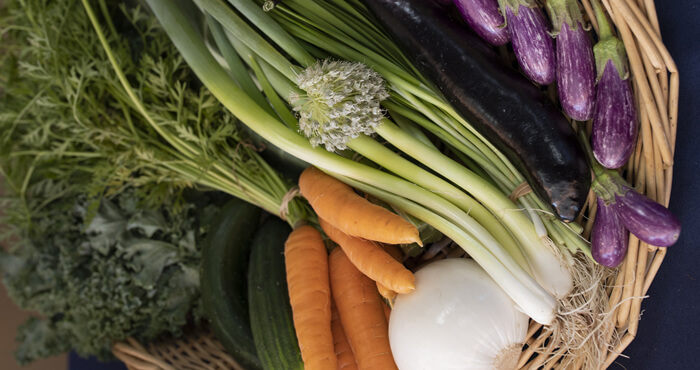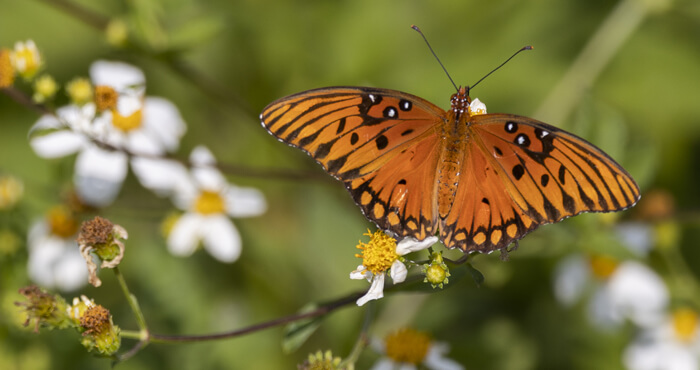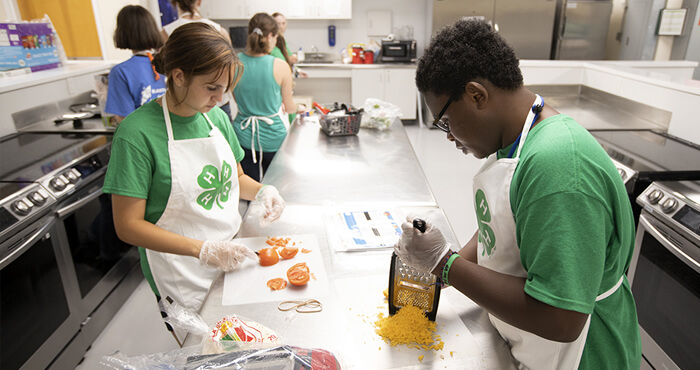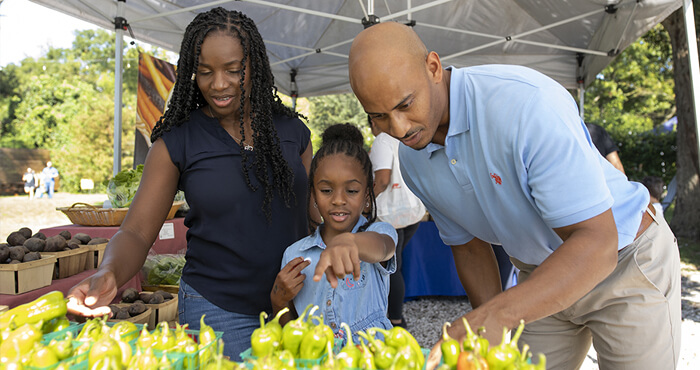
Growing Strawberries
Florida strawberries can be planted in home gardens beginning in the fall and enjoyed through the winter and spring.
Currently 'Camarosa,' 'Sweet Sensation®,' and 'Festival' varieties are recommended for Florida home gardens. All varieties produce berries for fresh eating or freezing. 'Camarosa' is best for North Florida, 'Festival' for Central.
Growing Conditions
Growing strawberries requires temperatures between 50°F–80°F and less than 14 hours of daylight for the strawberries to flower and produce fruit. In Florida, these conditions occur throughout the fall, winter, and spring.
Strawberries in Florida are planted in September to early November, and flowering and fruit continue through April or May. Fruit set will not be constant, but will have two or three cycles, and can be interrupted by freezes.
Site & Planting
Grow strawberries in a full-sun location with at least 8 hours of direct sunlight. You can plant strawberries in rows in raised beds or in planter boxes, pots, or other containers. Just make sure your planting spot has good drainage.
Before planting, mix in two pounds of a fertilizer containing nitrogen, phosphorus, and potassium per 10 feet of soil.
Use transplants for planting; bareroot transplants are the most common, but you may also find plug (container) transplants in plastic trays or pots at garden centers.
Many growers plant strawberries in raised beds with black plastic mulch for weed control and to keep soil off the berries. Set your transplants through slits in the mulch. Make sure you do not cover the crowns of transplants.
Freeze Protection
Temperatures below 32°F will damage the fruit and flowers of strawberry plants, but the crowns and leaves will survive to temperatures in the low 20s if they have been acclimated to cool weather.
If a freeze comes along, protect the plants by covering them with old sheets or a commercial row cover during the afternoon and all night. Anchor the coverings so that the wind does not blow them off the plants.
Disease & Pests
Using healthy transplants is one of the best defense strategies for warding off diseases and pests when growing strawberries. Purchase plants from reputable nurseries or garden centers.
Most diseases on leaves, flowers, or fruits can be controlled with fungicides for home garden use. Make sure the label specifies that it can be used on strawberries and follow all label directions. Be sure to remove dead and diseased leaves from the plants to reduce infection.
Control powdery mildew with applications of sulfur. Make sure temperatures are cooler than 80°F before applying sulfur, or it will cause burns on fruit and foliage.
Insects on strawberry plants will change with the season. Caterpillars are found early in the season; aphids and thrips later. Spider mites are a persistent pest — look for them around December.
Nematodes and soilborne diseases can cause problems if you plant your strawberries in the same spot each year. Switch your planting areas, and avoid planting strawberries in spaces where tomatoes, eggplant, or other vegetables susceptible to verticillium wilt have just been grown.
Harvesting
Strawberries are ready to harvest when three-quarters of the berry's surface is red. Once the fruit is completely red, it rots quickly, so be sure to harvest regularly, usually every two to four days.
More Information
For more information on growing strawberries at home including care and pest management options, contact your local Extension office or read the publication, "Growing Strawberries in the Florida Home Garden."
Resources
Other UF/IFAS Sites
- Gardening Solutions
- Entomology and Nematology Department
- Environmental Horticulture Department
- FAWN: Florida Automated Weather Network
- Florida-Friendly Landscaping™ Program
- Florida Master Gardener Program
- IPM Florida
- Pesticide Information Office
UF/IFAS Publications
- Florida-Friendly Landscaping™ Program
- Central Florida Gardening and Landscaping Fact Sheets
- Starting a Garden
State & Federal Agencies
- Florida Department of Agriculture and Consumer Services (FDACS)
- Florida Department of Environmental Protection (FDEP)
- Florida Energy Systems Consortium (FESC)
- U.S. Environmental Protection Agency (EPA)
- USDA Plant Hardiness Zone Map--U.S. National Arboretum
Organizations & Associations
- American Community Gardening Association
- American Horticultural Society
- Florida Native Plant Society
- Florida Nursery, Growers and Landscape Association (FNGLA)
- North American Native Plant Society
Other Sites & Publications
UF/IFAS Mobile Web Apps



.jpg)

.jpg)
